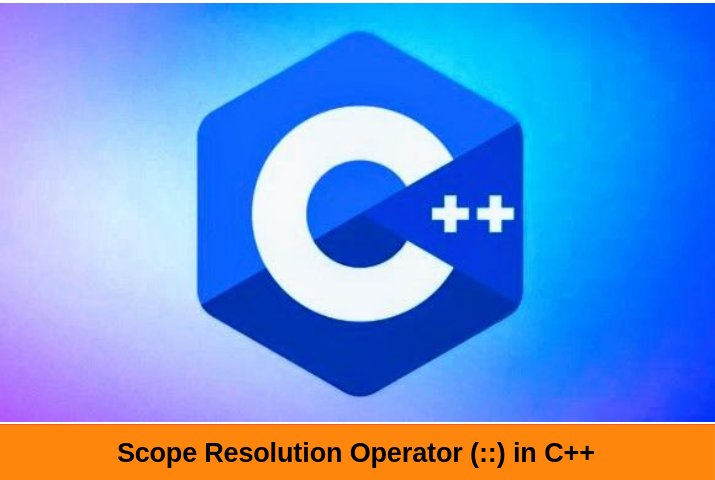Scope Resolution Operator (::) in C++
- compnomics
- Oct 1, 2024
- 2 min read
The scope resolution operator (::) in C++ is used to access members of a class or namespace that are hidden by other declarations with the same name. It helps to resolve ambiguities and provides a way to access elements from different scopes.
When to Use the Scope Resolution Operator
Accessing Static Members: Static members of a class can be accessed using the scope resolution operator along with the class name. This is because static members belong to the class itself, not to individual objects.
Accessing Members of Base Classes: In inheritance, the scope resolution operator can be used to access members of the base class that are hidden by members of the derived class.
Accessing Members of Namespaces: If two namespaces have members with the same name, the scope resolution operator can be used to specify which namespace to access.
Examples
1. Accessing Static Members:
#include <iostream>
using namespace std;
class MyClass {
public:
static int count;
MyClass() {
count++;
}
};
int MyClass::count = 0;
int main() {
MyClass obj1, obj2;
cout << "Count: " << MyClass::count << endl;
return 0;
}
Output:
Count: 2
2. Accessing Members of Base Classes:
#include <iostream>
using namespace std;
class Animal {
public:
void eat() {
cout << "Animal is eating." << endl;
}
};
class Dog : public Animal {
public:
void bark() {
cout << "Dog is barking." << endl;
}
void eat() {
cout << "Dog is eating dog food." << endl;
}
};
int main() {
Dog d;
d.eat(); // Calls Dog::eat()
d.Animal::eat(); // Calls Animal::eat()
return 0;
}
Output:
Dog is eating dog food.
Animal is eating.
3. Accessing Members of Namespaces:
#include <iostream>
using namespace std;
namespace A {
int x = 10;
}
namespace B {
int x = 20;
}
int main() {
cout << A::x << endl;
cout << B::x << endl;
return 0;
}
Output:
10
20
By understanding the scope resolution operator, you can effectively manage namespaces, access hidden members, and write more organized and maintainable C++ code.





Comments